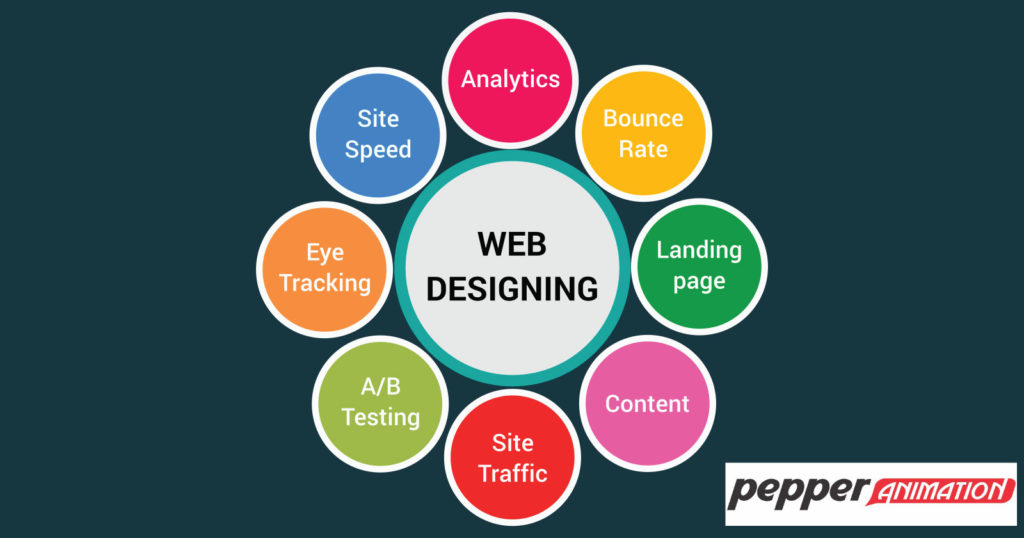Rise by Six: Your Daily Dose of Inspiration
Explore insights and stories that elevate your day.
Designing for the Click: How to Make Your Website Pop
Unlock the secrets to a stunning website! Discover tips to design for clicks and make your site irresistible to visitors.
Top 5 Design Elements That Drive Clicks on Your Website
When it comes to driving clicks on your website, understanding the design elements that captivate your audience is crucial. First and foremost, visual hierarchy plays a significant role in guiding users' attention. By using varying sizes, colors, and fonts to highlight the most important information, you can lead visitors to key areas of your site. Additionally, a well-structured layout enhances readability and keeps users engaged, which ultimately encourages them to click further.
Another essential element is the use of high-quality images and graphics. Eye-catching visuals not only draw attention but also help convey your message more effectively. Incorporating call-to-action (CTA) buttons that are prominent and easy to find can significantly increase click-through rates. Finally, ensure that your website is mobile-friendly, as a large portion of users access websites via their smartphones. A responsive design enhances user experience and keeps visitors informed and ready to click.

How Color Psychology Influences Website Engagement
Color psychology plays a crucial role in influencing website engagement by evoking specific emotional responses and perceptions from visitors. Different colors can create varying feelings; for example, blue often conveys trust and security, making it an ideal choice for financial institutions. In contrast, red can stimulate excitement and urgency, which can be particularly effective for e-commerce sites aiming to encourage quick purchases. By understanding the psychological impact of color, web designers can intentionally choose a color palette that aligns with their brand messaging and target audience's expectations.
Furthermore, the strategic use of color can guide a visitor's journey through a website. For instance, using contrasting colors for call-to-action buttons can significantly increase click-through rates. A well-thought-out color scheme not only enhances aesthetic appeal but also improves user experience by making navigation intuitive. As a result, incorporating color psychology into website design is not merely about aesthetics; it is a vital component of optimizing engagement and ultimately, conversion rates.
Are You Making These Common Design Mistakes That Turn Visitors Away?
When it comes to web design, first impressions matter significantly. Many websites inadvertently drive visitors away due to common design mistakes that hinder usability and aesthetic appeal. For instance, cluttered layouts can overwhelm users, making it difficult to navigate through the content. Instead of engaging with your site, visitors may feel frustrated and decide to leave. Using too many distracting elements such as excessive animations or bright colors can divert attention from your main message, causing potential customers to lose interest.
Another prevalent issue is poor typography. If your text is difficult to read due to inconsistent font choices or inadequate contrast, users are likely to abandon your site quickly. Furthermore, neglecting mobile optimization is a critical mistake, as a significant portion of web traffic comes from mobile devices. Adapting your design to be mobile-friendly not only enhances user experience but also boosts your site's search engine ranking. By avoiding these common design mistakes, you can create a more inviting and effective website that keeps visitors engaged and encourages them to return.